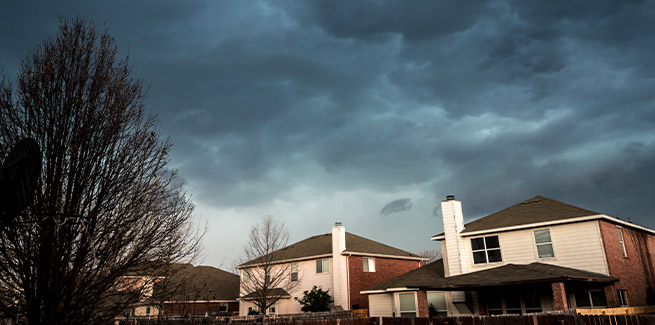Over the past few months, there have been suggestions that green shoots have begun to emerge in the housing market, following two years of price declines.
Some indicators have suggested that the outcome of the federal election – which signalled the defeat of the Labor opposition’s proposed changes to negative gearing and the capital gains tax (CGT) – as well as recent cuts to the official cash rate from the Reserve Bank of Australia (RBA) and changes to the Australian Prudential Regulation Authority’s (APRA) mortgage serviceability assessment guidance have improved market sentiment, which may in turn trigger a rise in demand for housing.
Recent property price data has also indicated that, on average, dwelling values are beginning to stabilise.
CoreLogic’s latest Hedonic Home Value Index reported that values increased for the first time since July 2017 in Sydney and November 2017 in Melbourne, rising by 0.1 per cent and 0.2 per cent, respectively.
However, according to principal of Digital Finance Analytics Martin North and investment manager of Aldo Capital Tony Locantro, housing market speculators are at risk of being ensnared in a “bull trap”, claiming that recent reports of a recovery in the housing market may be premature.
Speaking to Mortgage Business, Mr North noted that recent mortgage rate cuts would not provide universal relief to borrowers, claiming that the continued crackdown on living expenses for home loan applications would imprison some mortgage holders looking to refinance.
“We know that interest rates have dropped and that means lending rates are lower, and that does mean that there’s a little bit of latitude with regards to the multiples that you can get,” he said.
“But of course, there is still much tighter lending standards, relative to where we were 18 months to two years prior.
“My research suggests that around 300,000 households across Australia are potentially in risk of being mortgage prisoners.”
Mr North added that while demand for housing may have lifted in some segments of the market, overall activity remains “weak”.
The DFA principal said that while first home buyers (FHBs) may have been emboldened to enter the market as prices fell, interest from foreign investors has waned.
“There are international reasons for that. There’s been a tightening in China, so property investors are not really convinced that there’s going to be any capital growth from this point,” he continued.
According to Mr North, domestic property investors are also reluctant to take risks with strong capital growth unlikely.
“If you’re a property investor, you would not buy now, because even the most bullish of people are saying that it’s an ‘L-shaped’ recovery – in other words, prices may go sideways. That may be a little true, but nothing like the capital growth that we saw previously,” he said.
“If you look at rentals, they’re going backwards, not growing. Basically, you might pay a little less because interest rates are lower, but rentals are offsetting that.
“My calculations suggest that we’ve still got half of property investors underwater now on a net rental basis, which suggests that the property investment sector is pretty weak.”
Moreover, Mr North claimed that concerns over building quality, brought to the fore by the Opal Tower crisis, would also weigh on demand, and in turn stunt price growth.
“It’s really playing out more aggressively than I expected,” he said. “We’re finding more and more properties that have issues.”
He added: “My worry is that there’s a whole bunch of people who are sitting in properties with defects, but nobody wants to talk about them because if you start talking about them, then you basically pull the value of your property down.
“I think we’re going to see tighter regulations and changes to the supervision processes ahead. If people are going to pay more for indemnities, then that’s going to flow through to greater costs or cost of insurance going up.”
Further, the analyst said that “worrisome” domestic and international economic conditions would also hinder any potential for a recovery in the housing market.
“I don’t think we’re going to see any growth in income, and I think that we’re going to find that the broader unemployment number goes the wrong way,” he said.
“The Reserve Bank wants the unemployment rate to be [below 5 per cent], but I think it’s going to be [above 5 per cent].
“We also know that there’s significant pressure on the retails sector, and I don’t see that turning around.
“I guess my question is, where is growth going to come from to actually stimulate it? I can’t see where that is coming from.”
Mr North said that while some locations may experience price growth over the coming years, he expects dwelling values to continue falling in the outskirts of major capital cities.
“If you put all that in perspective, sure there will be some postcodes, particularly houses close to the major centres in Sydney and Melbourne where there is limited supply and some demand from local buyers who want to trade up,” he said.
“You will probably see some upward movement in those areas, but it will be offset by more falls on the urban fringe where we’ve had massive oversupply.
“Even in a steady state scenario, I can’t see any significant price growth from this point.”
[Related: Queensland and WA to lead next residential boom]
 ;
;
